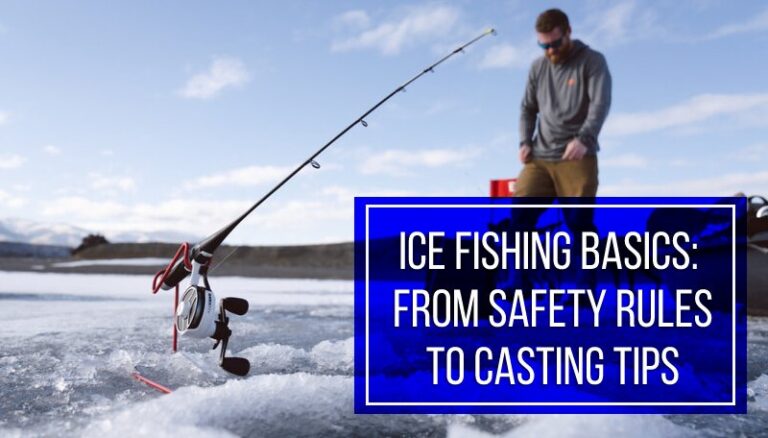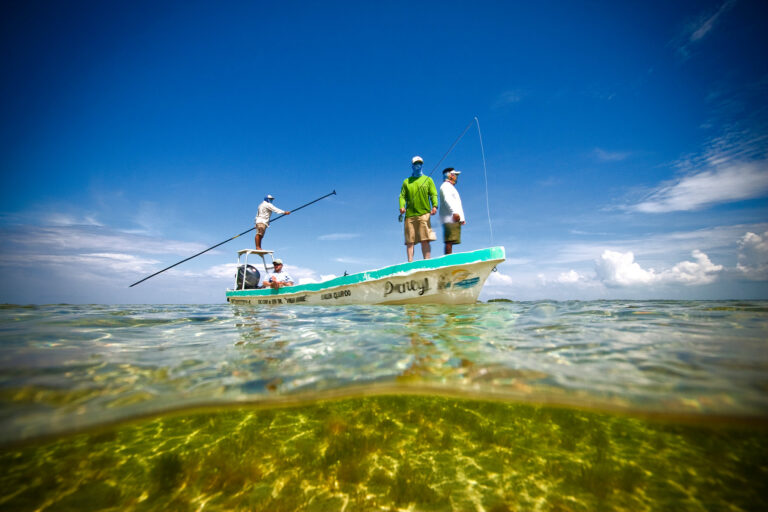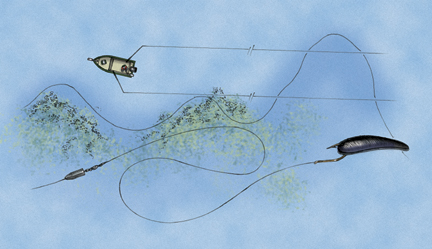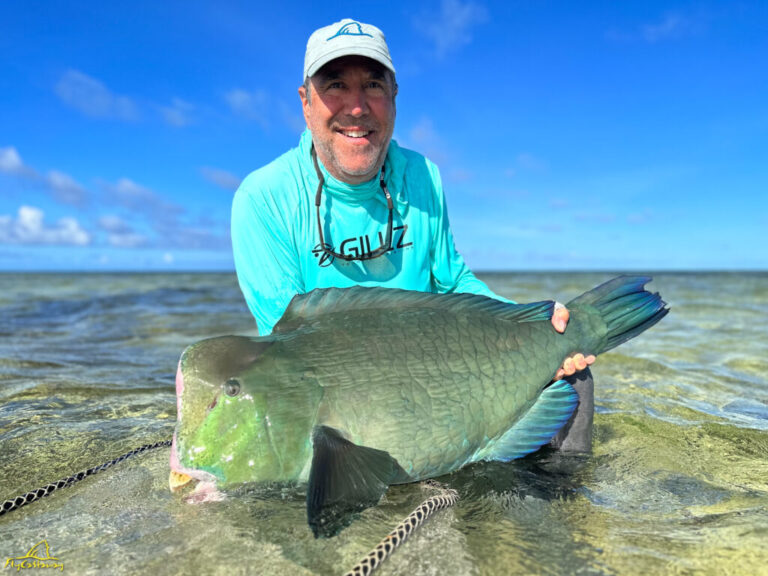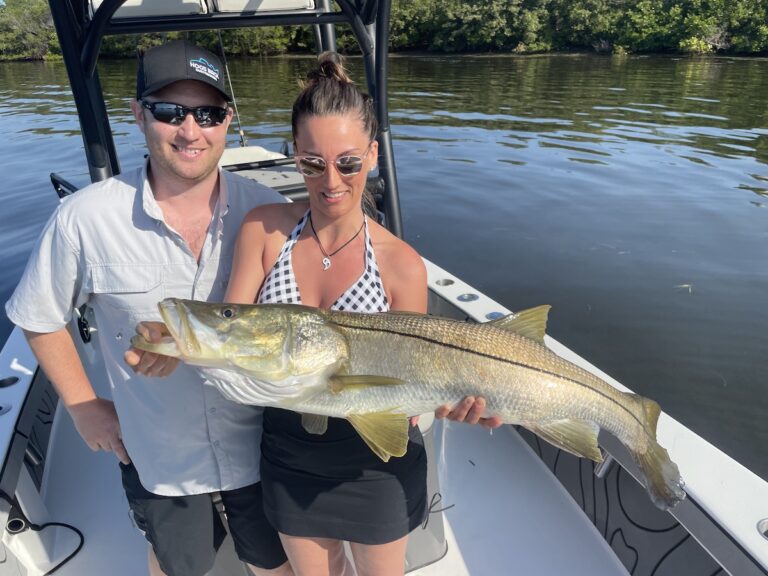To rig bait for flats fishing, start by attaching a hook to your fishing line and threading the bait onto it. Then, cast the bait into the water and wait for a fish to take the bait.
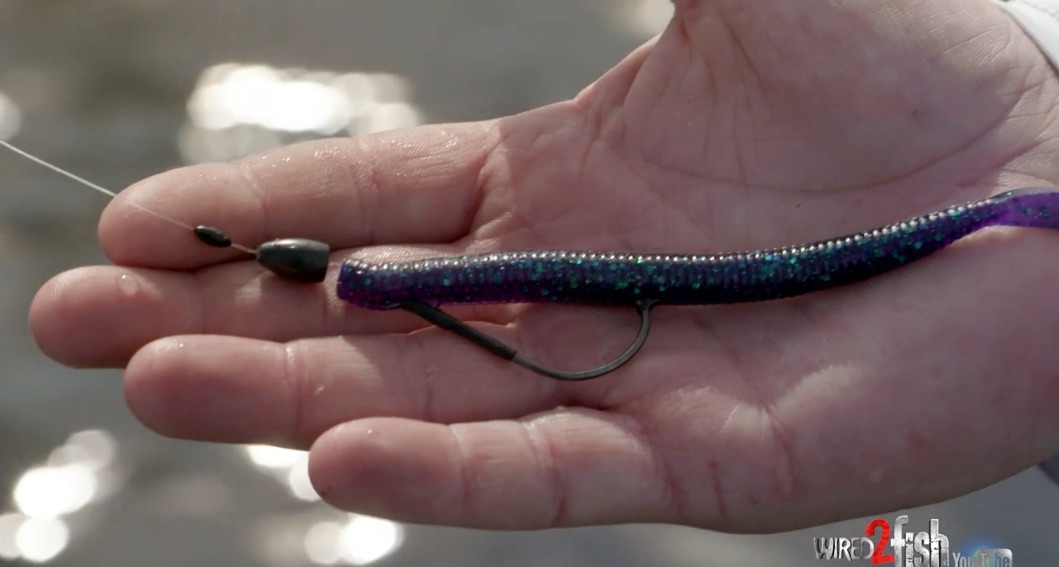
Credit: zoombait.com
Essential Equipment For Bait Rigging
Flats fishing can be an exciting and rewarding experience for anglers of all skill levels. When it comes to rigging bait for flats fishing, having the right equipment is essential. In this section, we will discuss the key components necessary for successful bait rigging.
From quality fishing rods and reels to various types of hooks and sinkers, let’s dive into the essential equipment you’ll need.
Quality Fishing Rod And Reel
- A high-quality fishing rod and reel are crucial for bait rigging in flats fishing.
- Look for a rod and reel combo that is specifically designed for saltwater fishing, as it will have the durability and strength needed to handle large fish.
- Consider the length and power of the rod based on the species you are targeting and the fishing conditions you will encounter.
Monofilament Or Fluorocarbon Fishing Line
- Your choice of fishing line is an important factor in bait rigging.
- Monofilament and fluorocarbon lines are both popular choices for flats fishing.
- Monofilament offers good strength and is more affordable, while fluorocarbon has excellent abrasion resistance and is virtually invisible underwater.
- The line weight should be matched to the rod and reel combo you are using and the size of the fish you expect to catch.
Circle Hooks For Natural Bait
- Circle hooks are highly effective for natural bait presentations in flats fishing.
- These hooks are designed to pivot in the fish’s mouth, increasing the chances of a solid hook-set.
- Opt for circle hooks in sizes that match the bait you are using and the size of the fish you are targeting.
- Be sure to handle circle hooks with care to avoid injuries, as they tend to be sharper than traditional j-hooks.
Jig Heads For Artificial Bait
- If you prefer to use artificial bait, jig heads are a must-have for bait rigging in flats fishing.
- Jig heads are designed to be paired with soft plastic lures, allowing for realistic movements in the water.
- Choose jig heads with the appropriate weight for the depth and current conditions you will be fishing in.
- Different shapes of jig heads can provide different actions and presentations, so experiment to find what works best.
Split Shot Or Egg Sinkers For Weight
- Depending on the conditions and the depth you are fishing, you may need to add weight to your bait rig.
- Split shot or egg sinkers are versatile options for adding weight without affecting the presentation of your bait.
- Use the appropriate size of sinker to achieve the desired depth and ensure that it is securely attached to the line.
With these essential pieces of equipment, you’ll be well-equipped to rig bait for flats fishing. Remember to choose high-quality gear that suits your target species and fishing conditions. Whether you’re using natural or artificial bait, using the correct hooks and sinkers will maximize your chances of success on the flats.
Get out there, have fun, and enjoy the thrill of hooking into some incredible fish!
Choosing The Right Bait For Flats Fishing
The success of your flats fishing adventure depends greatly on choosing the right bait. The bait you select should match the feeding habits of the target species you are trying to catch. Whether you prefer live bait or artificial bait, each option has its own advantages.
Here are some key points to consider when selecting bait for flats fishing:
Assessing The Target Species And Their Feeding Habits:
- Understand the target species: Before selecting the bait, it’s important to study the behavior and feeding patterns of the fish you are targeting. Different species have different preferences, so knowing what they eat and how they feed will greatly increase your chances of success.
- Observe the environment: Take into account the conditions of the flats you are fishing in. Look for signs of baitfish or other prey species that may attract the fish you are targeting. Understanding the ecosystem will help you choose the bait that will entice the fish in that particular area.
Selecting Live Bait Such As Shrimp Or Mullet:
- Shrimp: Shrimp is one of the most popular live baits for flats fishing. It is versatile and can attract a variety of species. Shrimp can be fished on a jig head, under a popping cork, or simply free-lined. Its natural scent and movement make it irresistible to many fish.
- Mullet: Mullet is another great choice for live bait on the flats. They are readily available and can be caught using a cast net. Mullet can be rigged on a circle hook or a treble hook, depending on the size of the bait and the target species. Their strong scent and realistic swimming action make them a favorite among many anglers.
Opting For Artificial Bait Like Plastic Shrimp Or Soft Plastics:
- Plastic shrimp: Artificial shrimp imitations have come a long way in recent years and can be highly effective for flats fishing. They come in various colors and sizes, allowing you to match the hatch. Plastic shrimp can be rigged on a jig head, a weighted hook, or even a weedless rig. Their lifelike appearance and durability make them a popular choice.
- Soft plastics: Soft plastic lures, such as paddle tails, jerkbaits, and swimbaits, are versatile and can be used for a variety of species on the flats. They can be rigged on a jig head, a weighted hook, or even a weedless rig. Soft plastics come in a wide range of colors and sizes, allowing you to mimic the natural prey of the fish you are targeting.
Remember, the key to choosing the right bait for flats fishing is understanding the feeding habits of the target species and the conditions of the environment. Whether you choose live bait or artificial bait, it’s important to present the bait in a way that looks natural and enticing to the fish.
So go ahead and experiment with different baits until you find what works best for you. Happy fishing!
Step-By-Step Guide To Rigging Bait For Flats Fishing
If you’re planning to go flats fishing, properly rigging your bait is essential for a successful day on the water. Whether you’re targeting snook, redfish, or trout, following these step-by-step instructions will help you rig your bait effectively and increase your chances of landing the big one.
Tying The Main Line To The Hook Or Jig Head
To start rigging your bait for flats fishing, you’ll need to tie your main line to the hook or jig head. This ensures that your bait remains secure and doesn’t come off during your fishing expedition. Here’s how to do it:
- Select an appropriate hook or jig head based on the size of your bait and target species.
- Attach the hook or jig head to the end of your main line using a suitable knot like the improved clinch knot or the palomar knot.
- Ensure that the knot is tight and secure to prevent it from slipping or unraveling while fishing.
Adding A Split Shot Or Egg Sinker For Weight (If Necessary)
In some cases, you may need to add weight to your bait to help it sink to the desired depth or stay anchored in strong currents. Here’s how to add a split shot or egg sinker:
- Determine the amount of weight required based on the fishing conditions and the type of bait you’re using.
- Place the split shot or egg sinker above the hook or tie it directly to the main line using a suitable knot like the clinch knot.
- Adjust the positioning of the weight to achieve the desired sinking or drifting pattern.
Properly Hooking The Bait
Once your bait is securely rigged, it’s crucial to hook it properly to maximize its effectiveness in attracting fish. Follow these steps to ensure your bait is properly hooked:
- Insert the hook through a sturdy part of the bait, such as the lips, nostrils, or the top of the bait’s body.
- Ensure that the hook is embedded securely and comes out cleanly, without any excess bait covering the point or barb.
- Make sure the presentation of the bait looks natural and enticing to the fish.
Adjusting The Leader Length For Optimal Presentation
The leader length plays a significant role in bait presentation, especially in clear water or when targeting finicky fish. Follow these guidelines to adjust the leader length for optimal presentation:
- Consider the water clarity, target species, and baitfish behavior when determining the leader length.
- In general, a longer leader is preferred for clear water conditions, while a shorter leader can be used in murky water or when targeting aggressive fish.
- Experiment with different leader lengths to find what works best for the specific fishing situation.
Securing The Bait To Prevent It From Slipping Off
To prevent your bait from slipping off and to ensure it remains intact during your fishing expedition, take these steps to secure it properly:
- Use bait holders or bait bands to keep soft baits like shrimp or cut bait secure on the hook.
- Run the hook through the bait multiple times if needed to provide additional security.
- Avoid casting forcefully, as it can dislodge the bait. Instead, make smoother and controlled casts to preserve the integrity of the bait.
By following this step-by-step guide to rigging bait for flats fishing, you’ll be well-prepared to entice the fish lurking in the shallow waters. Remember to adjust your rigging technique based on the specific conditions and target species you’re pursuing. Happy fishing!
Conclusion
To wrap it up, mastering the art of bait rigging is indispensable for successful flats fishing. By carefully selecting the right bait, ensuring proper placement, and utilizing the appropriate rigging techniques, you can significantly increase your chances of hooking that elusive trophy fish.
Remember to consider the conditions and target species when choosing your rig, and don’t be afraid to experiment and adapt to the ever-changing environment. Whether you’re using live bait or artificial lures, take the time to learn the intricacies of various rigging methods and their effects on fish behavior.
Patience, practice, and attention to detail will be your allies on the flats. So, get out there, rig your bait with precision, and let the magic of flats fishing unfold before your eyes. Happy angling!

